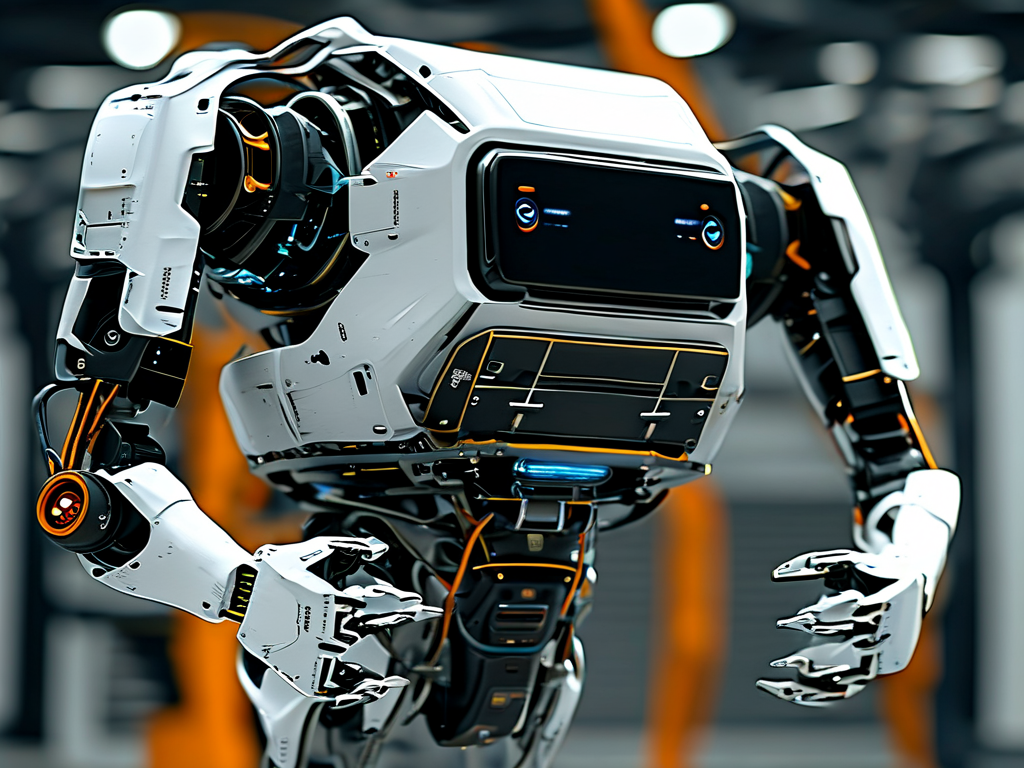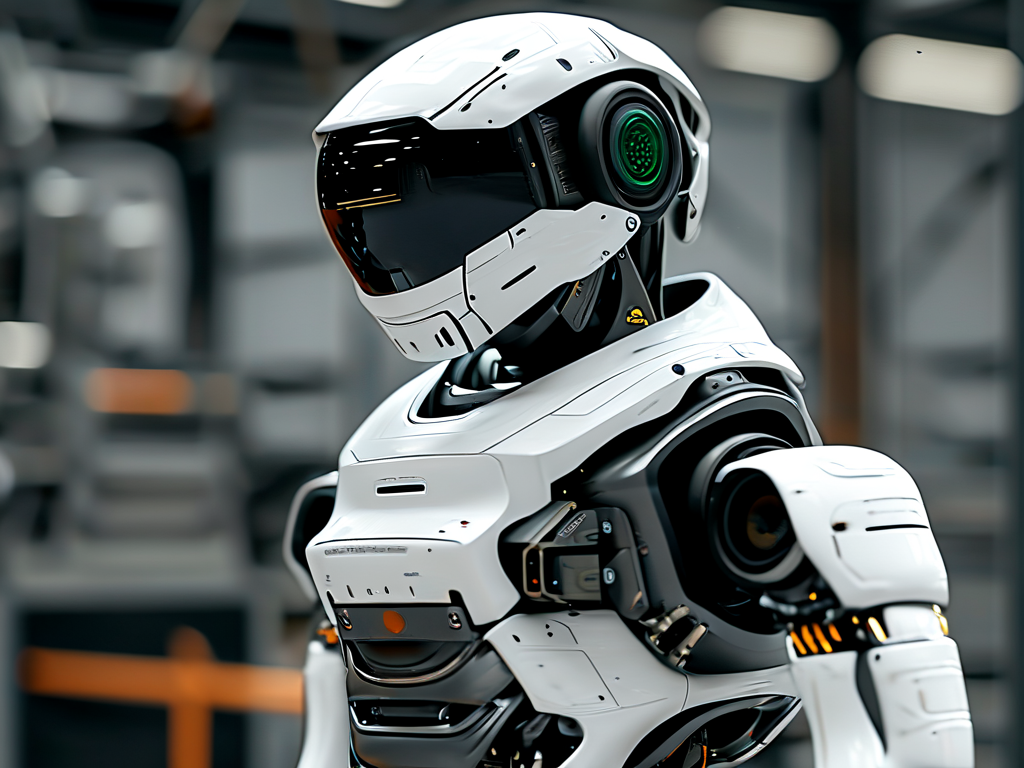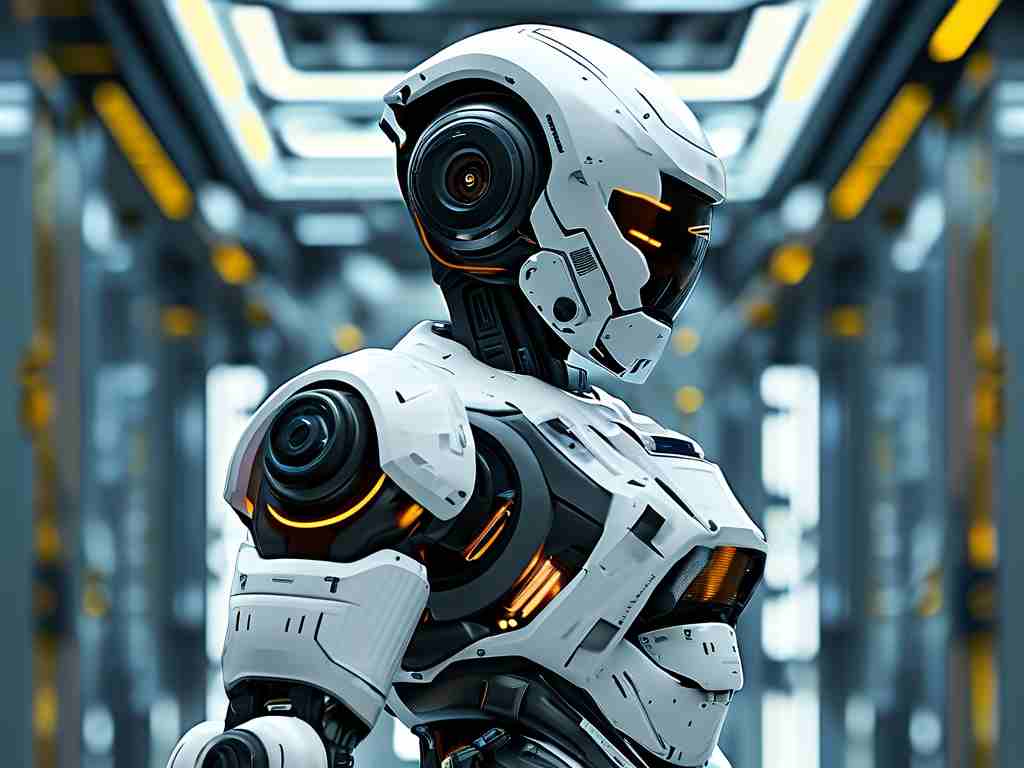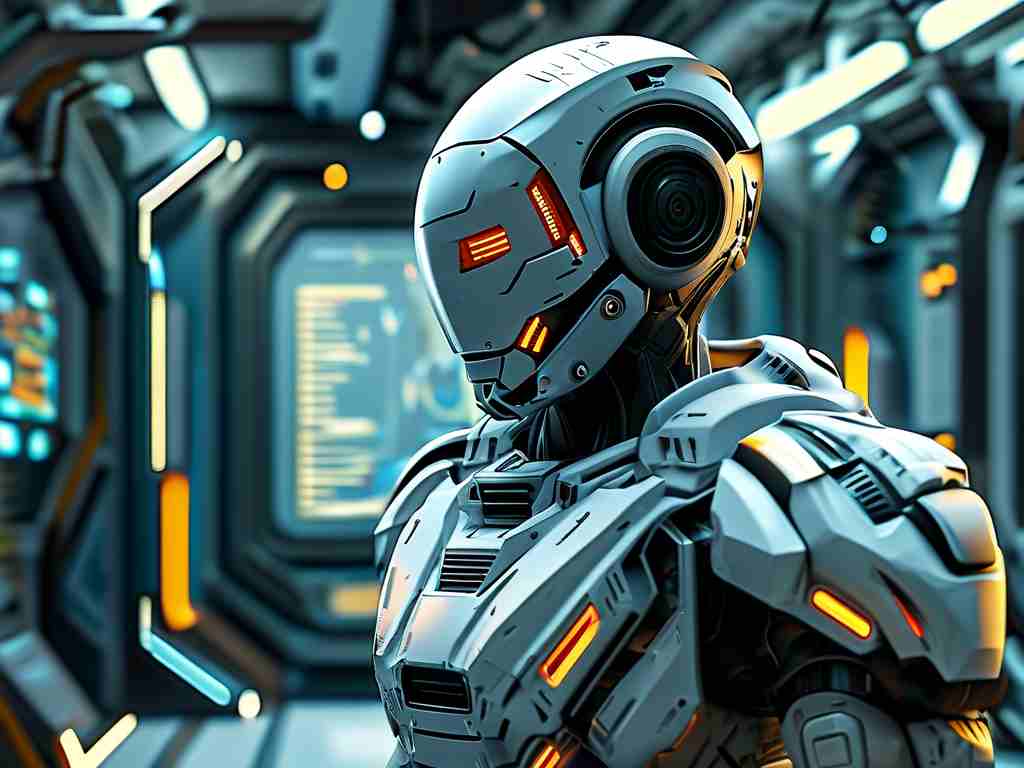The world of competitive robotics has witnessed remarkable advancements through programs like FIRST Tech Challenge (FTC), where student teams design, build, and program robots to solve complex tasks. At the core of this competition lies FTC robotics technology, which combines engineering creativity with practical problem-solving. This article explores the defining characteristics of FTC robots and how they reflect modern technological trends.

Modular Architecture for Rapid Iteration
One standout feature of FTC robots is their modular design philosophy. Unlike industrial robots built for fixed workflows, these machines prioritize adaptability through interchangeable components. Teams frequently use 3D-printed parts, aluminum extrusions, and standardized mounting systems to enable quick modifications during competitions. This approach mirrors agile development methodologies in software engineering, where iterative testing and refinement drive progress. For instance, a gripper mechanism might be reconfigured overnight to handle different game objects, showcasing the system's flexibility.
Sensor Fusion and Real-Time Decision Making
Modern FTC robots integrate multiple sensor types—including optical encoders, inertial measurement units (IMUs), and computer vision systems—to navigate dynamic environments. A typical robot might combine encoder data from wheels with gyroscopic readings to maintain precise positioning while avoiding obstacles. Advanced teams employ machine learning models trained on TensorFlow Lite to identify objects using smartphone-based cameras, demonstrating how FTC platforms serve as testbeds for cutting-edge AI applications. These sensor arrays enable autonomous modes where robots execute pre-programmed routines with millimeter-level accuracy.
Power Management and Energy Efficiency
Given strict battery voltage limits (12V DC power systems), FTC robots emphasize energy-conscious design. Teams optimize motor controllers like REV HD Hex Motors to balance torque and power consumption, often employing regenerative braking to recover kinetic energy. This constraint fosters innovative solutions, such as using compliant mechanisms that reduce reliance on continuous motor input. A well-designed drivetrain might leverage gear ratios and wheel materials to minimize friction losses, extending operational time during matches.

Software Ecosystem and Cross-Platform Compatibility
The FTC SDK (Software Development Kit) supports both Java and Blocks programming, accommodating diverse skill levels. A unique aspect is the integration of Android devices as control hubs, allowing teams to implement features like Bluetooth mesh networking or sensor data visualization through custom dashboards. The open-source nature of many FTC libraries encourages code sharing between teams, accelerating collective learning. For example, a pathfinding algorithm developed by one team might be adapted by others using GitHub repositories, creating a collaborative innovation cycle.
Competition-Driven Innovation
FTC game rules change annually, forcing teams to reinvent their robots' capabilities. This constraint breeds unconventional solutions, such as hybrid mechanical-electronic systems that switch between multiple operational modes. In recent seasons, robots have demonstrated abilities ranging from shooting foam projectiles to balancing on teetering platforms—all while adhering to strict size and weight limits (under 19" cube and 42 lbs). Such challenges mirror real-world engineering dilemmas where multiple variables must be optimized simultaneously.
Educational Impact and Industry Relevance
Beyond competitions, FTC technology principles align with professional robotics standards. Concepts like PID control loops, CAN bus communication, and finite state machines are implemented at a scale accessible to students. Industry partners like PTC and Rockwell Automation actively contribute components, ensuring technologies like CAD modeling and digital twins are integral to the design process. This synergy helps bridge classroom theory with hands-on practice, preparing participants for careers in automation and smart manufacturing.
In , FTC robotics technology embodies a unique blend of accessibility and sophistication. Its emphasis on modularity, sensor integration, and software adaptability creates a framework where students can experiment with professional-grade tools while developing critical STEM skills. As these platforms continue evolving, they not only shape future engineers but also influence broader trends in educational robotics and lightweight automation systems.









